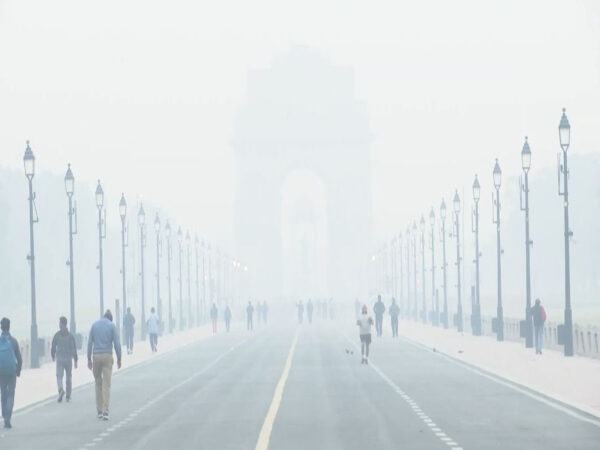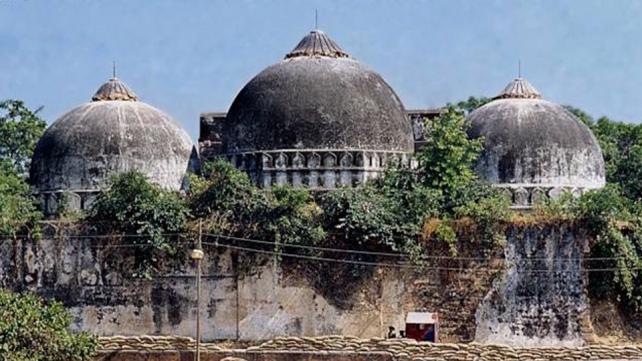
Delhi Wakes Up To Toxic Layer Of Smog, Overall AQI At 397 In ‘Very Poor’ Category
Delhi woke up on Friday to a thick layer of toxic smog, as the air quality in the national capital showed no improvement, with the Air Quality Index (AQI) standing at 397, categorised as ‘very poor’ at 8 am on Friday. The AQI at 7 am was 399, only a point less than touching the ‘severe’ category mark.
Yesterday, the AQI recorded in the national capital at 4 pm was 404, categorised as ‘severe’ air quality.
According to the data of the Central Pollution Control Borad (CPCB), several monitoring stations in the national capital recorded an AQI above than the mark of 400 on Friday.
Ashok Vihar recorded an AQI of 419, Bawana 440, Burari Crossing 412, CRRI Mathura Road 403, Chandani Chowk 442, Dwarka Sector-8 413, ITO 428, Jahangirpuri 421, JLN Stadium 408, Mundka 433, Najafgarh 402, Narela 405, Patparganj 412, Punjabi Bagh 413, RK Puram 416, Rohini 430, Siri Fort 419, Sonia Vihar 417, Vivek Vihar 427 and Wazirpur 444.
The monitoring station at Alipur recorded the AQI of 396, Aya Nagar 385, IGI Airport (T3) 367, Lodhi Road 302, Mandir Marg 395, Okhla Phase-2 398, Shadipur 362 and Sri Aurobindo Marg 392 – all categorised as ‘very poor’.
Only two stations reported ‘poor’ air quality as the AQI recorded at DTU-Delhi was 266, and IHBAS Dilshad Garden was 287.
With air quality in the national capital deteriorating sharply, the Commission for Air Quality Management (CAQM) has already invoked Stage III curbs under GRAP across the entire National Capital Region, categorising Delhi’s air as the ‘severe’ category.
The Supreme Court directed the governments of Punjab and Haryana to file a status report on the measures taken to curb stubble burning, which contributes to the air pollution crisis in the Delhi-NCR region.
A bench of Chief Justice of India BR Gavai and Justice K Vinod Chandran ordered, “We direct the state of Punjab and Haryana to file a report on what steps are being taken to curb stubble burning.”
An advocate in the case told the bench that while the Commission for Air Quality Management (CQAM) has implemented the Graded Response Action Plan (GRAP) GRAP-III, the situation demanded the implementation of GRAP-IV instead.
GRAP-III entails strict air pollution control measures for “severe” air quality, primarily involving a ban on most non-essential construction and demolition activities, restrictions on certain vehicles (BS-III petrol and BS-IV diesel four-wheelers), and a shift to hybrid or online learning for younger students (up to Class 5).
The plan also restricts industrial activity at non-clean fuel facilities and bans non-emergency diesel generator sets. (ANI)



